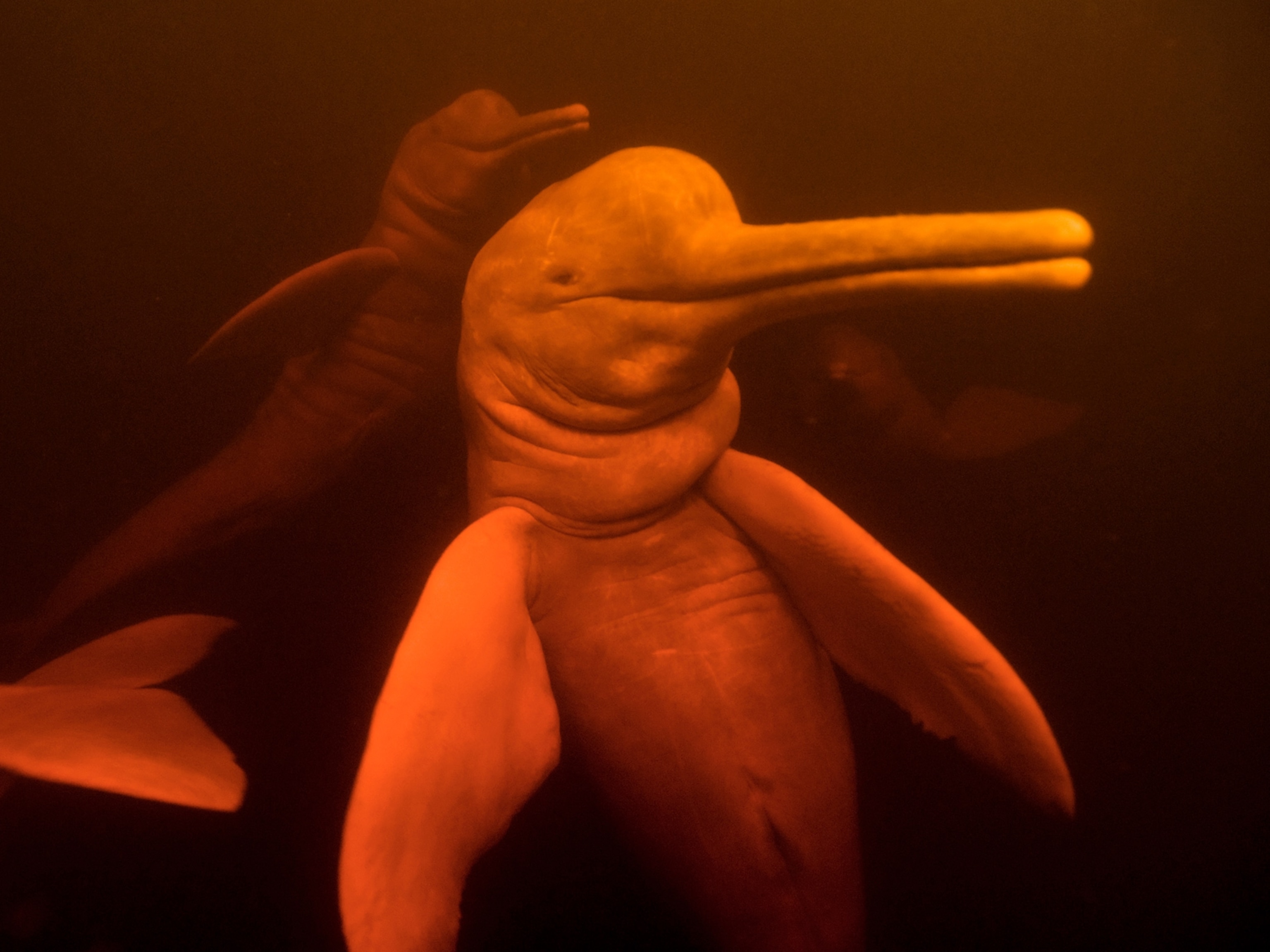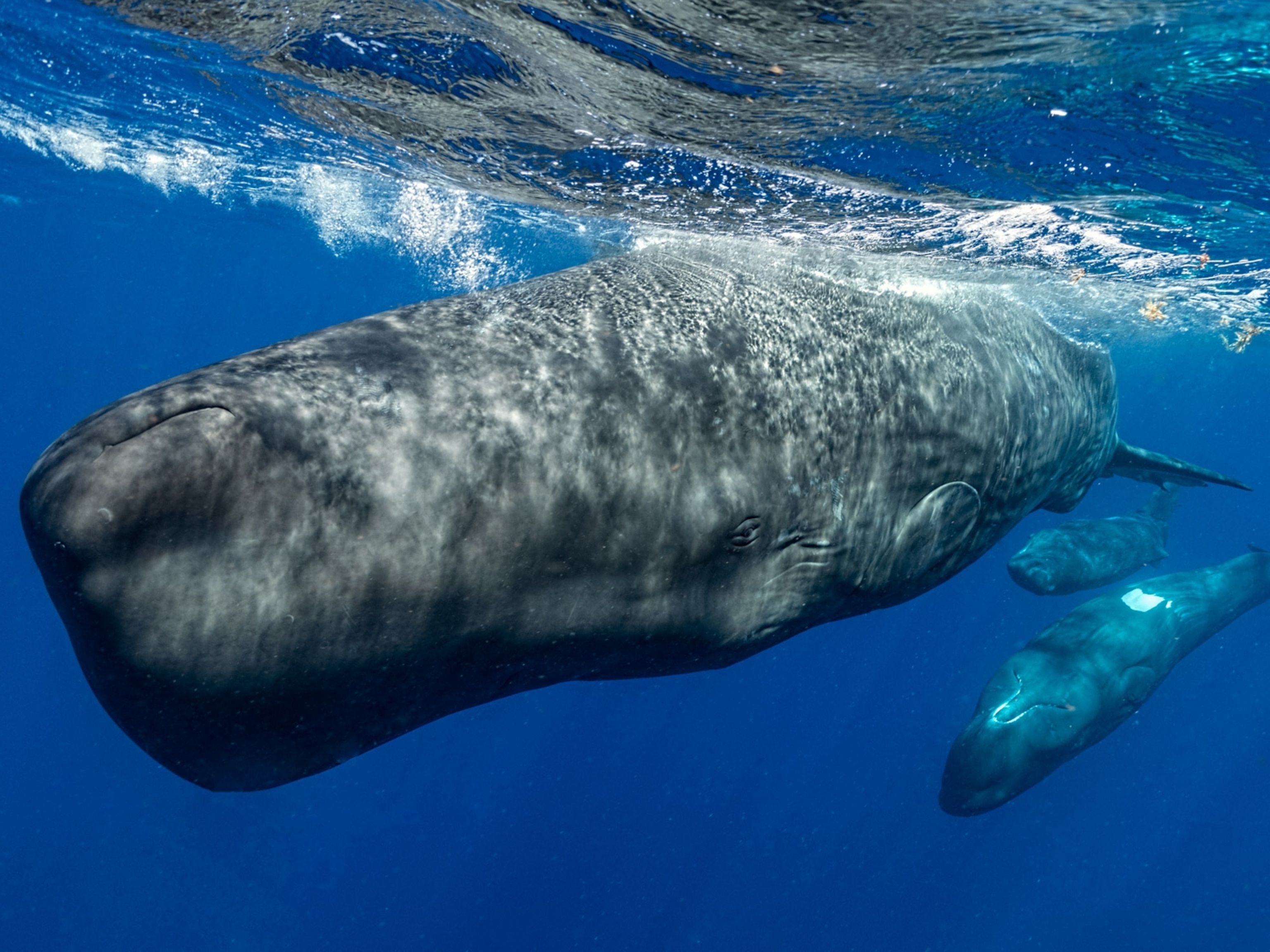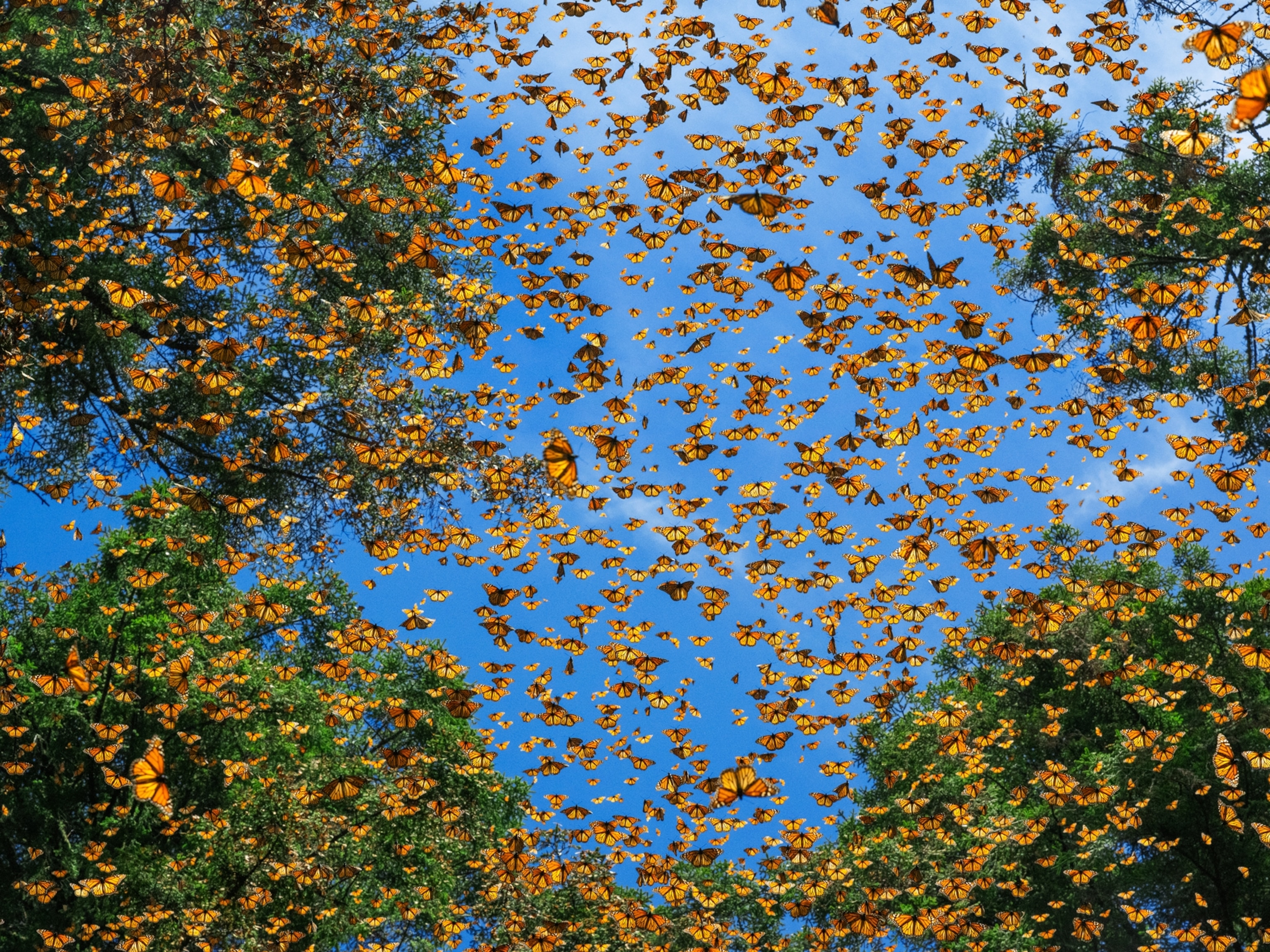Dolphins on Whales, and Other Animals Riding Animals
In the wild, animals interact with each other in surprising ways.
Remember “weaselpecker,” that hard-to-believe photo of a weasel riding a bird, Rescuers-style? Those types of animal interactions go viral because they seem rare to us. Yet the phenomena of species riding other species isn’t actually that unusual.
In 2004 and 2006, researchers documented two instances of a humpback whale (Megaptera novaeangliae) giving a lift to a bottlenose dolphin (Tursiops truncatus) near Hawaii.
Researchers came up with three possible reasons why this might have happened: Either the whales were being aggressive, they were trying to help the dolphins in some way, or they were just playing around.
Given the slow speeds at which the whales raised the dolphins out of the water, researchers don’t think that these lifts were hostile. They also didn’t think nurturing behavior quite explained what they saw, since the dolphins didn’t seem sick or injured; in fact, they seemed to cooperate with the whales.
The researchers concluded that the whales and dolphins were probably playing around with each other. But not every interspecies interaction looks like Johnny practicing lifts with Baby in Dirty Dancing. Here are some other instances of animal-on-animal action.
Weaselpecker
An amateur photographer in a park in East London made this image of a least weasel (Mustela nivalis) clutching the back of a European green woodpecker (Picus viridis) in March 2015. When the animals hit the ground the woodpecker escaped, likely evading the predator.
Scientists who analyzed the photo said they thought it was probably real, both from a photographic and natural history standpoint. Not only does the image look authentic, but European green woodpeckers often feed on ants on the ground, where they are vulnerable to predators like weasels.
“The natural world is filled with wonders,” said David Mizejewski, a naturalist with the National Wildlife Federation, “and we have the chance of observing them firsthand if we get outside to experience them.”
Genet Riding a Rhino
In July 2015, camera-trap footage from South Africa revealed a small, mongoose-like animal called a genet “riding” a black rhino. Genets have been previously recorded riding a white rhino and Cape buffaloes.
Scientists think the genet gets access to insects that are stirred up by the larger animals or which parasitize them. They also get a good perch to look around and may receive some protection from predators. The big animals don’t seem to mind too much, although they apparently can get annoyed.
Crow Rides Eagle
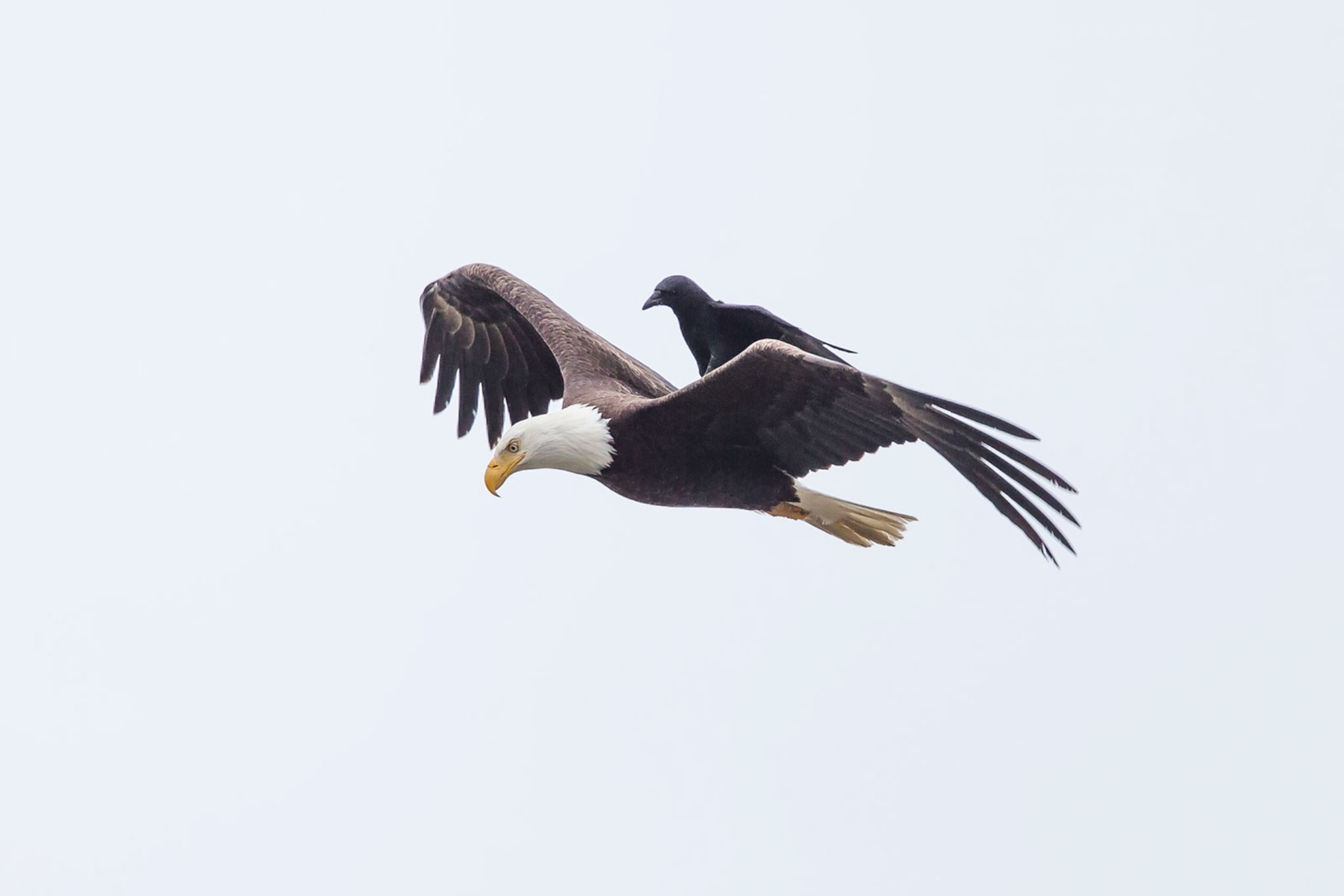
A California photographer captured the moment a crow appears to be riding, or surfing on, a bald eagle in July 2015.
Kevin McGowan, a biologist who specializes in crow behavior at the Cornell Lab of Ornithology, said the sequence of images isn’t that surprising, since crows often mob birds of prey to drive them away from their nests. In the course of harassing them, they may appear to ride on their backs for short periods of time. Eagles seem to be fairly used to the treatment.
Blackbird Rides Hawk
In another instance of mobbing, a visitor to a national wildlife refuge in the Great Plains captured the moment a red-winged blackbird was riding atop a red-tailed hawk in August 2015.
That’s actually a common scene, scientists say, since blackbirds are among the species that routinely harass birds of prey in an attempt to drive them away from blackbirds' nests.
Seal Surfs Whale
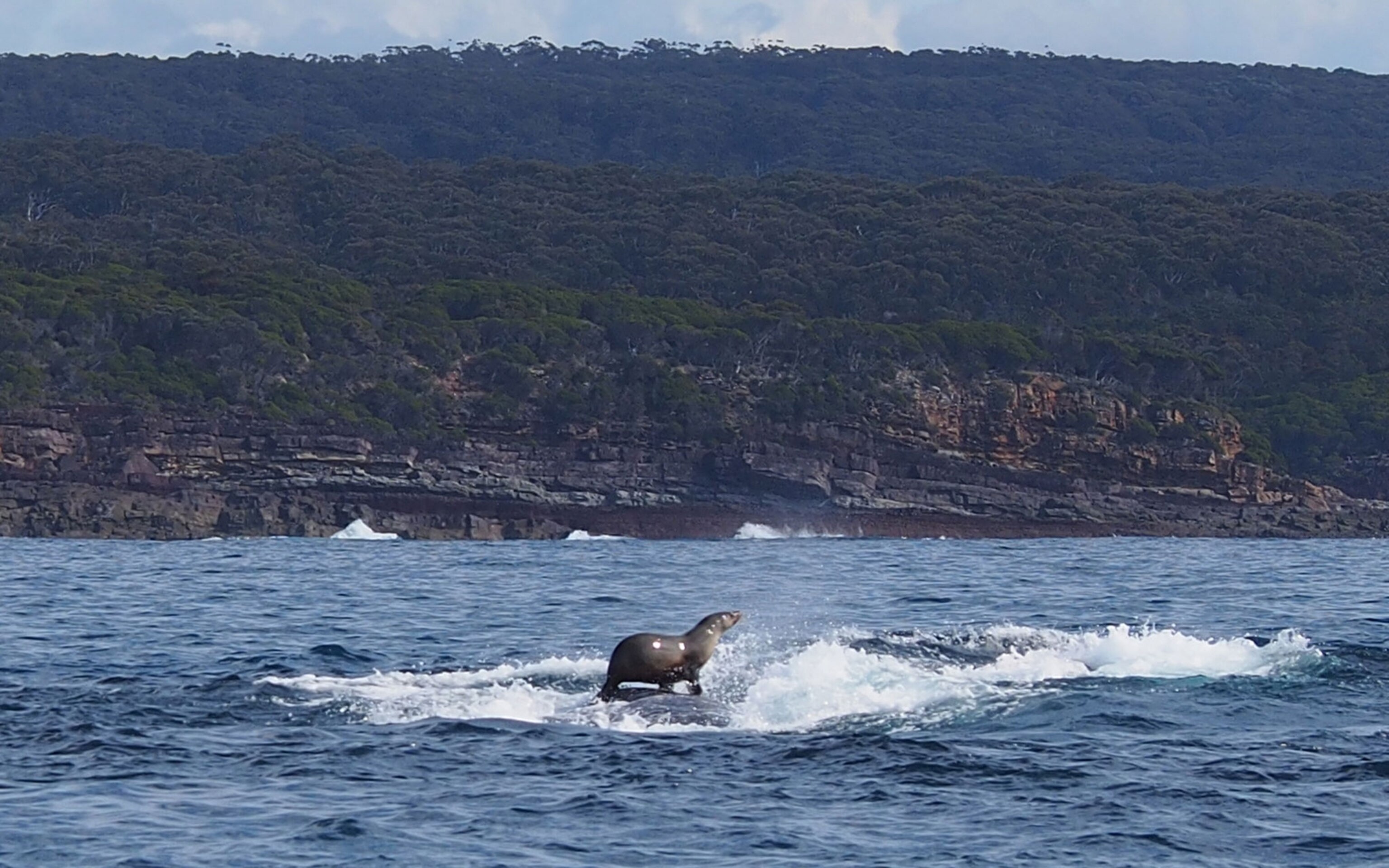
A bizarre photo from Australia in September 2015 shows a seal surfing on the back of a humpback whale. Scientists aren’t sure what’s behind the unusual behavior.
It’s even possible the seal was just having fun, said Michael Napier, an animal expert at the Virginia-Maryland Regional College of Veterinary Medicine.

